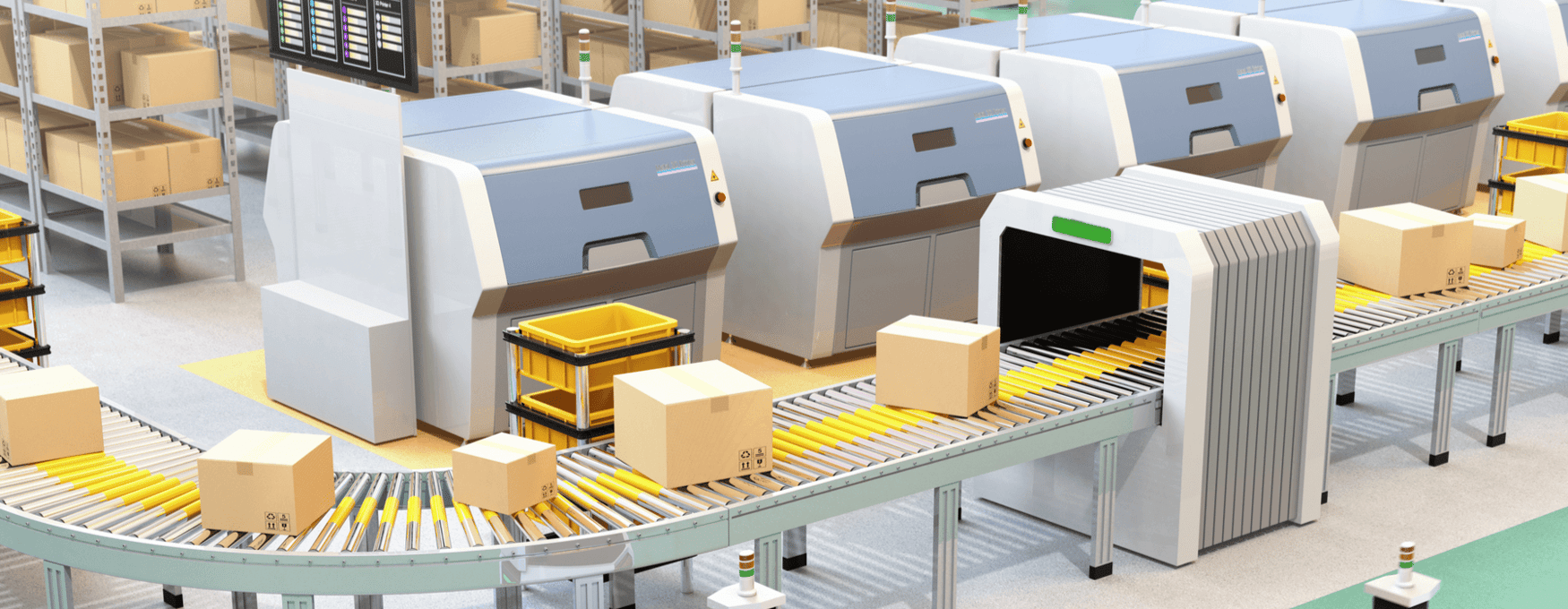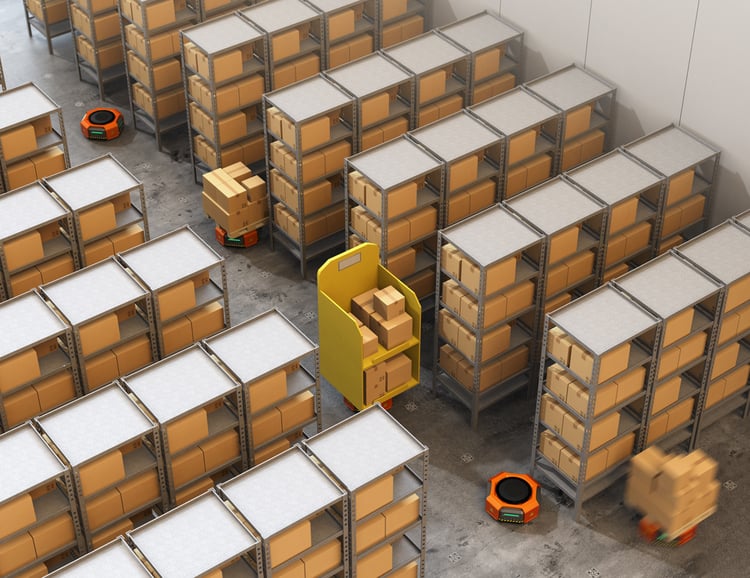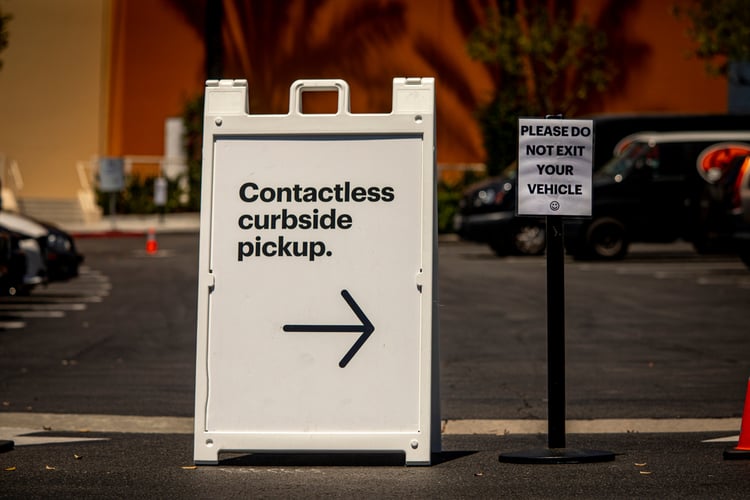Are Micro-Fulfillment Centers Affected by the LL97 Emission Limits?

E-commerce is being transformed by picking robots and other warehouse automation systems, which reduce the time and cost associated with order fulfillment. Automation also allows more compact storage, since robots use less space than human workers and forklifts. Technology has allowed the construction of micro-fulfillment centers or MFCs - automated and compact distribution centers that can be easily deployed in urban areas to serve customers better. This strategy is not possible with conventional distribution centers, since they need too much space.
The NYC Climate Mobilization Act from April 2019 includes Local Law 97, which is an emissions reduction law for buildings. Starting from 2024, the law will apply emission limits for NYC buildings larger than 25,000 sf. There is a penalty of $268 per metric ton of CO2 equivalent above the limit, calculated annually. If you are planning a micro-fulfillment center in NYC, you may be wondering if LL97 of 2019 will apply?
Get a professional MEP design for your urban fulfillment center, and meet NYC codes and laws.
Below we will discuss the main cases in which the NYC emissions reduction law can affect micro-fulfillment centers. However, many of them will be exempt thanks to their small size. An MFC is classified as Storage Group S, which is subject to the following limits:
- 2024 - 2029 Period: 0.00426 tCO2e / sf
- 2030 - 2034 Period: 0.00110 tCOe / sf
Local Law 97 has the goal of cutting building emissions by 40% by 2030, and 80% by 2050. However, the specific limits are calculated individually for each building, based on its square footage and occupancy classification.
Urban Fulfillment Centers Smaller than 25,000 SF Are Exempt

Consider that LL97 only covers buildings with an area above 25,000 sf, and a micro-fulfillment center can be deployed in less than 10,000 sf. This means that many MFCs will be exempt from the emissions reduction law thanks to their compact design. However, the following are some cases in which LL97 would apply:
- Like any other building, an MFCs is subject to LL97 if its area exceeds 25,000 sf.
- Some MFCs are designed to be installed in existing stores, and LL97 applies if the total area is above 25,000 sf.
- LL97 also applies for groups of buildings in the same tax lot and with a total area above 50,000 sf. This is another case in which an MFC smaller than 25,000 sf may be affected.
For example, a micro-fulfillment center with an area of 26,000 sf would be subject to a limit of 111 tCO2e for 2024-2029, and 29 tCO2e for 2030-2034, based on the limits per square foot presented above. However, a smaller MFC with an area of 24,000 sf would be exempt.
Micro-fulfillment centers offer many competitive advantages, and in the case of NYC you can also avoid LL97 with this emerging technology. For example, you can use an MFC with an area of 20,000 sf (exempt) instead of a conventional fulfillment center covering 80,000 sf (subject to LL97).
Emission Limits for a Store and MFC in the Same Tax Lot

Groups of buildings in the same tax lot are subject to LL97 of 2019 if the total area exceeds 50,000 sf. To demonstrate how this can affect an MFC, we will assume that a 50,000-sf store (Group M) and a 10,000-sf micro-fulfillment center (Group S) are in the same tax lot.
- The emission limits for Mercantile Group M are 0.01181 tCO2e/sf in 2024-2029, and 0.00403 tCO2e/sf in 2030-2034. This means the store is subject to a limit of 591 tCO2e/year for the first period, and 202 tCO2e/year for the second period.
- Normally the MFC would not be affected, but in this case there are two buildings with a combined area above 50,000 sf in the same tax lot. Based on the 10,000-sf area and the Storage Group S classification, the emissions limit is 43 tCO2e in 2024-2029 and 11 tCO2 in 2030-2034.
Adding the emission limits for the two occupancy classifications, we get 634 tCO2e for 2024-2029, and 213 tCO2e for 2030-2034. In this case, the MFC is affected by LL97 because it is combined with a store and the total area exceeds 50,000 sf.
Regardless of the occupancy classification, energy efficiency measures can help your building meet LL97. A professional MEP engineering firm can provide an energy efficient design for a new construction or renovation, or an energy audit for an existing building.

Anuj Srivastava
Anuj Srivastava is a principal partner at NY Engineers. He is known for his MEP franchise market knowledge. Anuj is currently leading a team of 100+ MEP/FP engineers and has successfully led over 1500 franchise projects in the US.
Join 15,000+ Fellow Architects and Contractors
Get expert engineering tips straight to your inbox. Subscribe to the NY Engineers Blog below.



